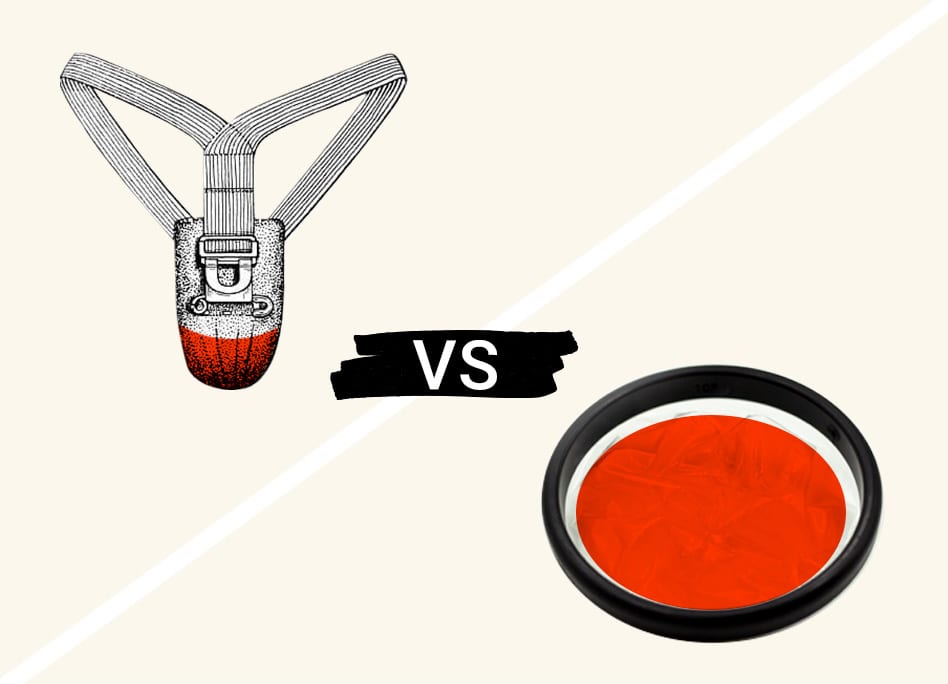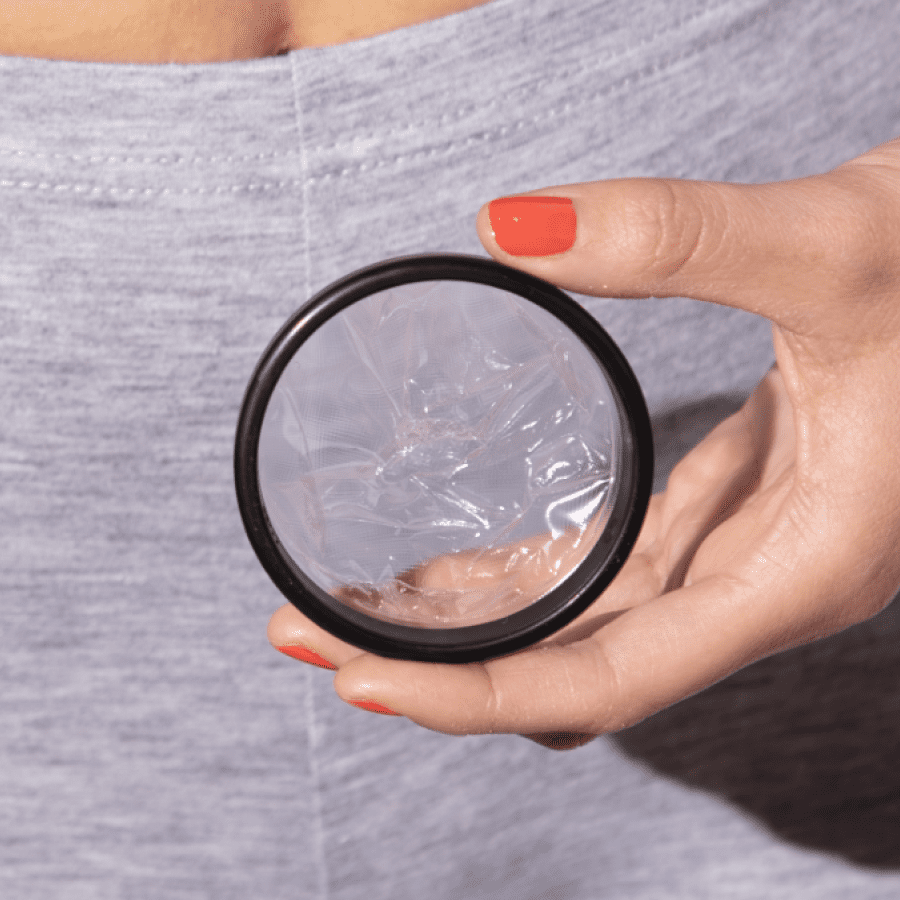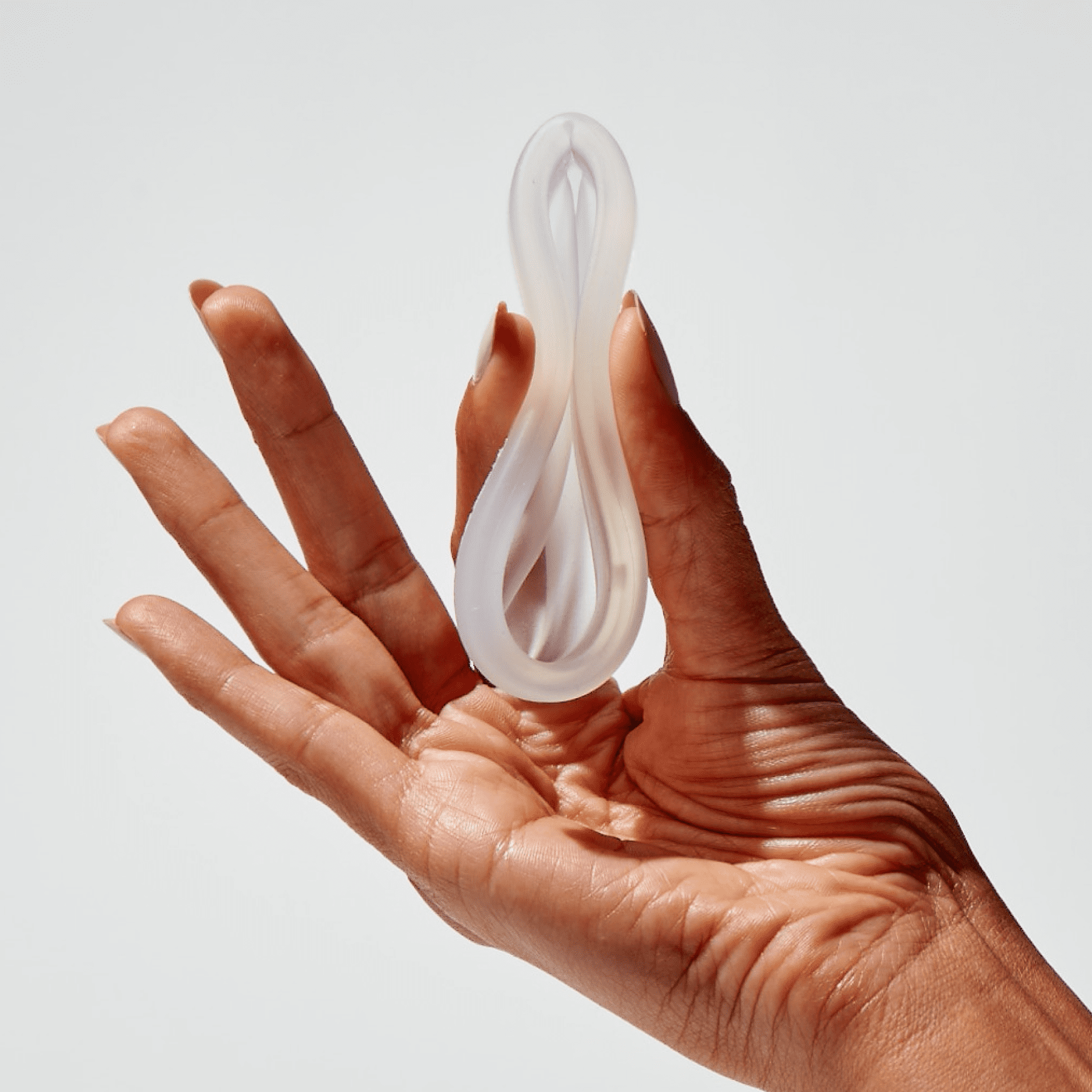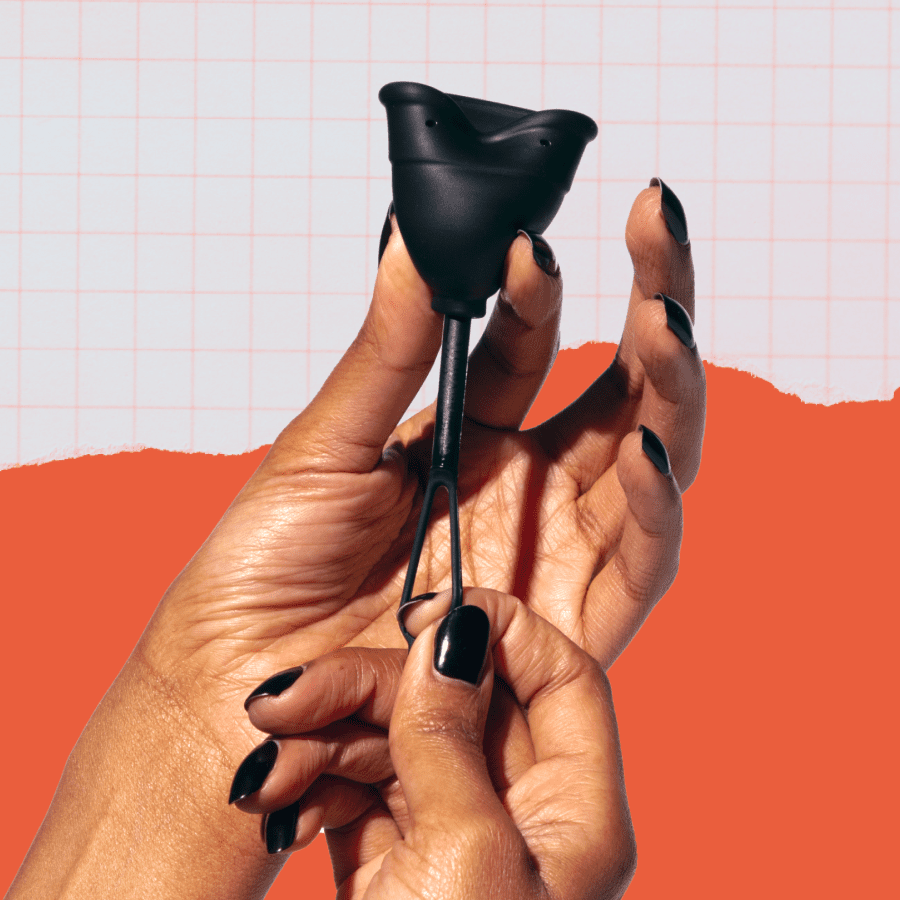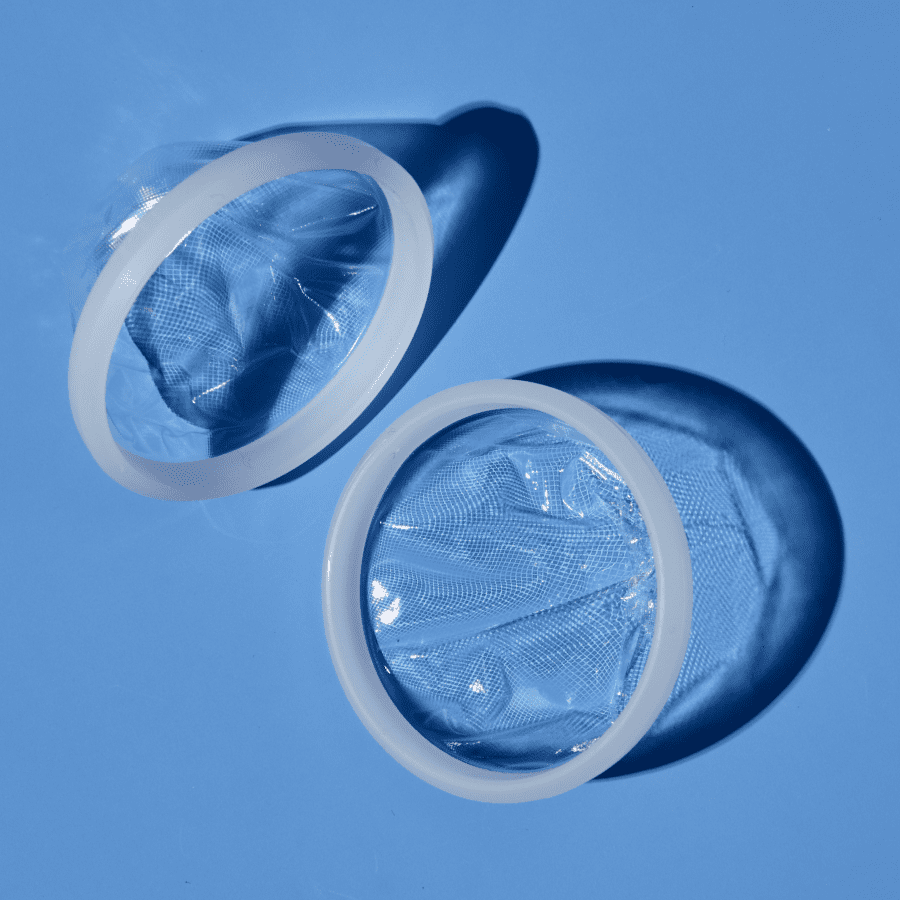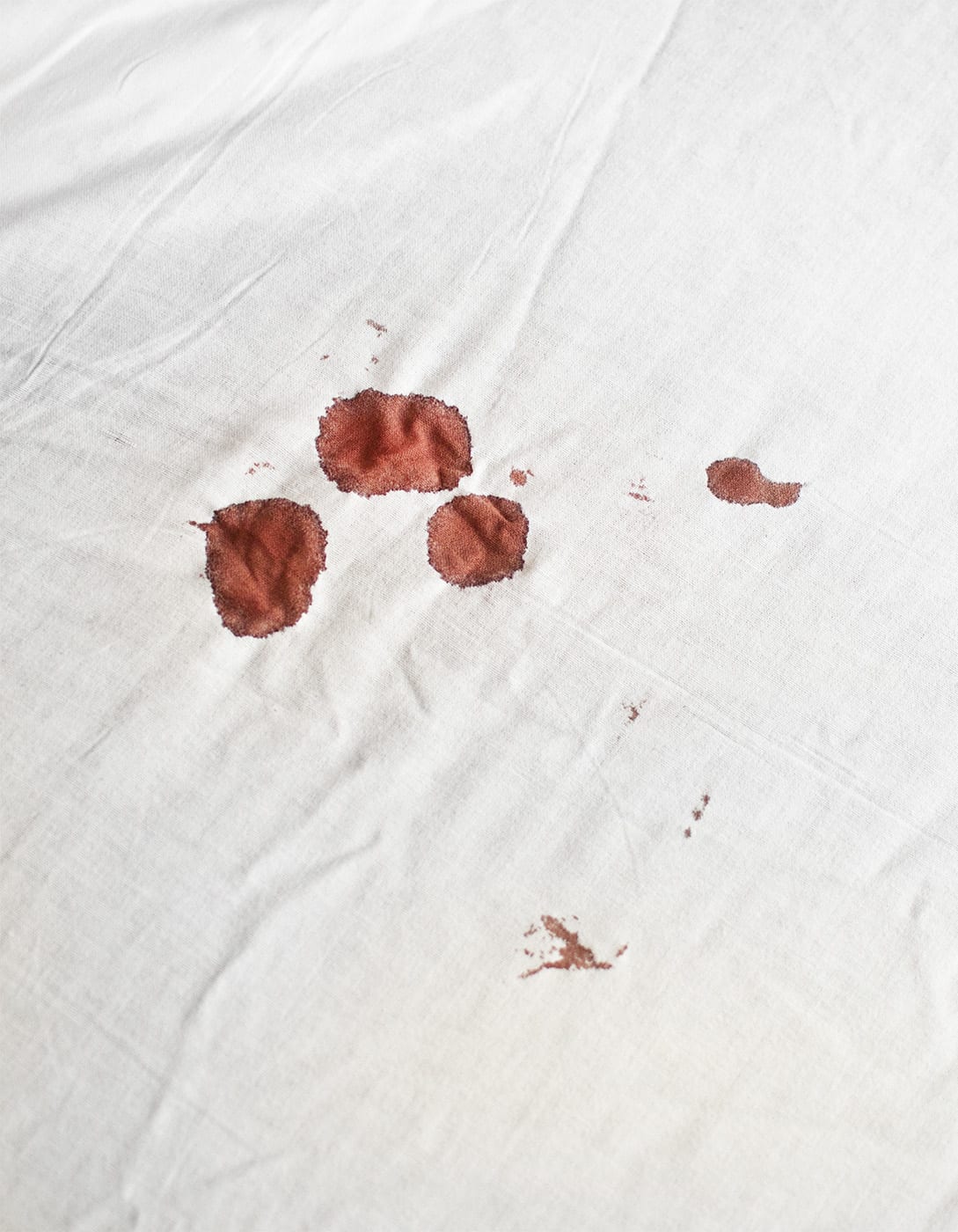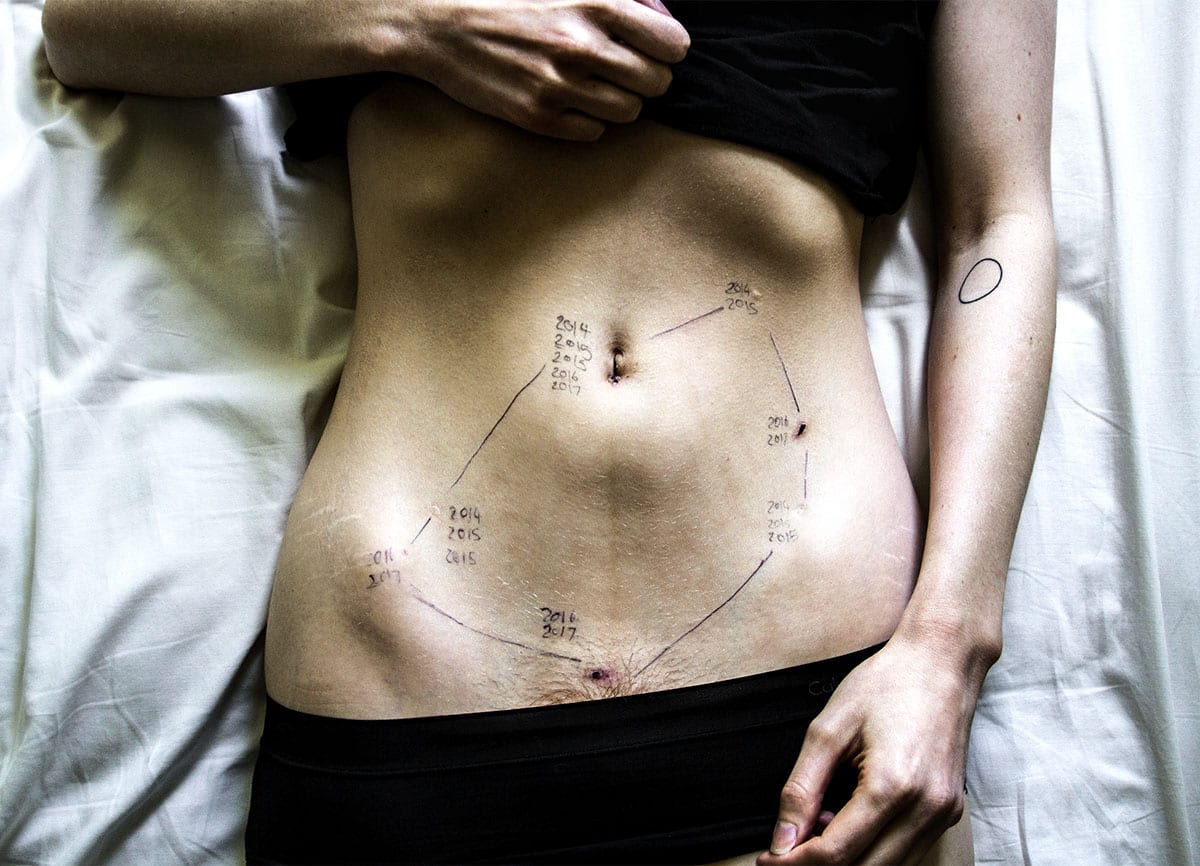A brief history of menstrual products: How things have changed between pandemics
The coronavirus pandemic has been tough on all of us. We’re stuck at home, wary around friends and strangers, and we’re hearing wildly different messages about what to do next (and when it might be over) from the people in charge. While the whole world remains stuck in this vacuum of uncertainty, our periods have become oddly comforting. At least it’s something that keeps showing up around the same time every month, right?
It may help to remember that this isn’t our first bout with a pandemic. Back in 1918, the United States faced off with one of the deadliest health crises in its history thus far. The “Spanish” flu, a.k.a. viral influenza – specifically, a strain of H1N1 with avian origin – took the lives of 50 million people all over the world, including 675,000 Americans.1
Like the novel coronavirus, the 1918 H1N1 virus was spread via respiratory droplets that hung in the air. Medical teams back then didn’t have the right equipment or knowledge to slow the spread. And, due to American involvement in World War I, a majority of young men were serving in war trenches overseas, on warships, or in manufacturing plants — all spaces where physical distancing was impossible, even if they had known to stay at least 6 feet apart.
The virus and simultaneous involvement in the war led to a labor shortage. Nurses and physicians were spread thin, trying to attend both to wounded soldiers and infected patients back home.2 Somehow, despite all this, 1918 was a remarkable year for the menstrual products industry: Kimberly-Clark began working on the design for the first disposable sanitary pad.3 That was the first tiny advancement in what turned out to be a century of innovation that would benefit menstruators around the world.
So, while we gear up for more months of social distancing and wait for a vaccine, here’s a look at how far we’ve come in period products over the past 100+ years.
1885: Homemade pads, suspenders, & sanitary belts
Before the sanitary napkins were invented, makers of period products had a hard time navigating the period stigma of the day. In the 1800s and up until 1920, product offerings included the sanitary belt (a non-disposable cloth pad you wore belted onto your hips) and, earlier, the “bandage suspender,” which was literally a pair of suspenders that held a piece of cotton in your nether regions.4
A majority of early menstruators made period products from scratch, using old rags, cut up towels, or bits of cotton as makeshift sanitary pads – hence, the old saying about being “on the rag.” Most were washed and reused, though some wealthier women would throw away their menstrual cloths.5
There were some attempts at innovation, but none caught on until several decades later. Case in point? This ad for a “pelvic uterine supporter,” which looks more like a medieval torture device than a period product.6 However, it could be argued that this 1884 contraption was the first iteration of a menstrual cup.
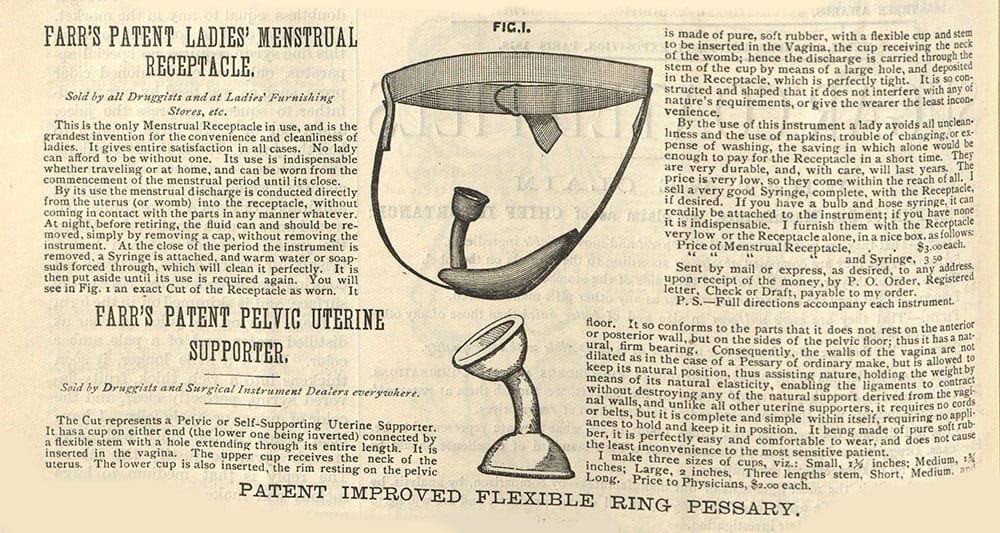
The manufacturer of this device claimed that it could “be worn from the commencement of the menstrual period until its close” by allowing blood to flow into a receptacle that could be emptied “without removing the instrument.” Thankfully, the device didn’t make it to mass production – and we now know that wearing a piece of non-sterile rubber inside your vagina for multiple days at a time is a very bad idea.
1918: The first disposable sanitary pad is invented
In 1918, things started looking up for the menstrual products industry (which, until then, pretty much didn’t exist). And it’s all thanks to those same nurses who had been caring for injured WWI soldiers: During the war, they noticed that cellulose, a material used to make war bandages, was far more effective at absorbing blood than traditional cotton cloth bandages. Plus, it was cheaper to produce.7
Nurses on the front lines were already using Cellucotton (first trademarked and produced by Kimberly-Clark) for their periods when the war ended in 1918. As post-war demand for the material as a wound bandage dwindled, Kimberly-Clark executives started to learn about this “alternative” use. They repurchased the surplus from the military and created Kotex in 1920, the first disposable menstrual pad commercially available in the US.3
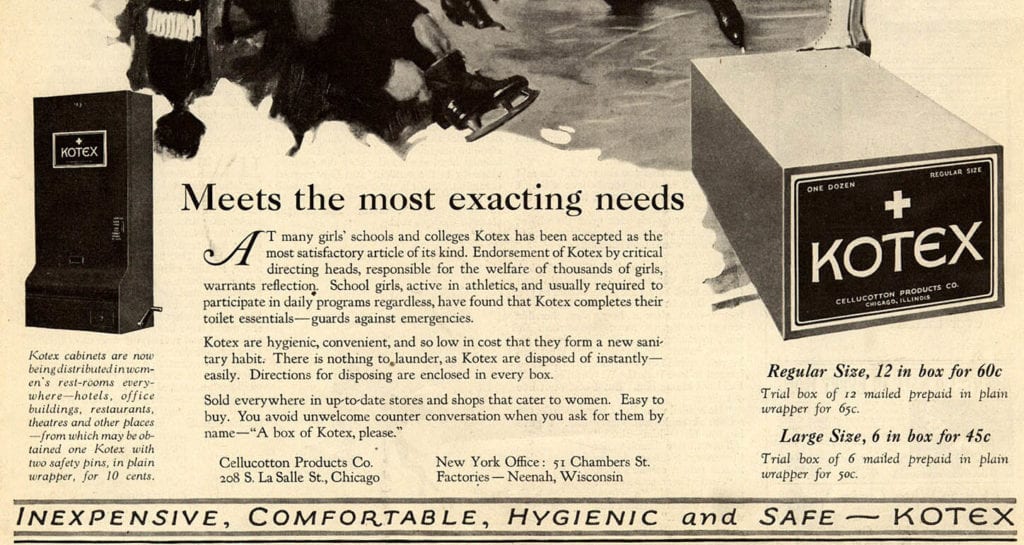
1931: Earle Haas creates the (modern) tampon
While the word “tampon” as it pertains to vaginas was recorded prior to 1931 (as early as a 1900 edition of the British Nurse’s Dictionary of Medical Terms and Nursing Treatment)8, the invention of the modern-day applicator tampon is credited to American physician Earle Cleveland Haas.9 Kind of ironic that such a revolutionary product would be invented by a man – but Earle got some inspiration from his wife, who purportedly disliked the bulky sanitary pads on the market, and worked to create a product that menstruators would actually want to wear.
Haas named the product “Tampax,” selling the patent in 1933 to a woman named Gertrude Tenderich for $32,000. Tenderich started the Tampax company we know today – and she made many of those first applicator tampons at home with a sewing machine and Haas’ special compressor.10
1937-1959: Actress Leona Chalmers invents the menstrual cup
The first commercial menstrual cup was patented by actress Leona Chalmers in 1937 – and her version, made from vulcanized rubber, wasn’t all that different in shape or configuration from the cups on the market today.11
Chalmers’ reasons for inventing the cup were also pretty similar to the reasons many of today’s period-havers are switching from pads and tampons to cups: In an undated advertisement for her brand, Tass-ette, she is quoted as saying “It was the dread of odor, the feeling of uncleanliness, and above all, the bulky devices I used that made the monthly occurrence a nightmare to me.”12
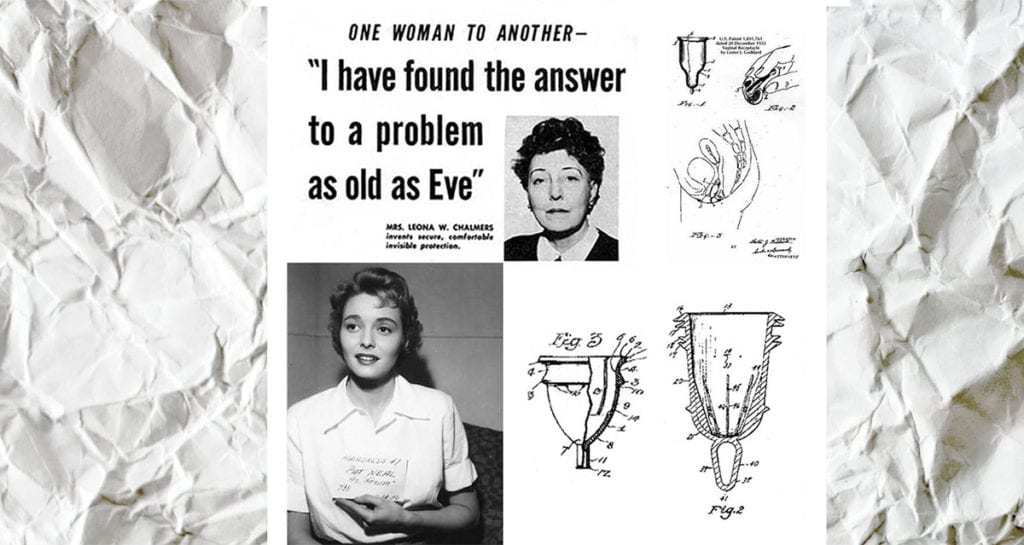
Unfortunately, this early prototype didn’t catch on with the masses when Chalmers first began selling it. At the time, the idea of putting one’s fingers up one’s own vagina was seen as “unladylike” – too strange and too messy to bother with. Rubber shortages resulting from World War II also hindered production and, by the mid-1940s, it seemed as though the cup was a dead idea.12
However: In 1959, Chalmers’ design was picked up again, this time by businessman Robert Oreck. Oreck became founder and president of Tassette, Inc. – a reincarnation of Chalmers’ original brand.13 Despite lots of radio and print advertising efforts, Tassette didn’t last, and Oreck speculated that the fact that the cup was not disposable (therefore, buyers would only ever purchase one) had something to do with its financial failure.
1969: The first adhesive pads & liners are released
Remember those sanitary belts worn all the way back at the turn of the 20th century? Yeah, the same concept was carried through all the way until 1969, when the first adhesive pads and liners – the stick-on ones that look like what we use today – were finally released. Stay-Free beltless mini-pads were the first to hit the market, followed by Stay-Free beltless maxi-pads in 1971.14
Menstruators everywhere threw away their sanitary belts and ditched their collections of safety pins, hooks, and clips that had formerly been required to keep a pad in place. And brands like Always, Kotex, and Stay-Free (now Stayfree) continued to manufacture increasingly modern, custom fit, and absorbent adhesive pads and liners, bringing the once-antiquated product to where it stands today.
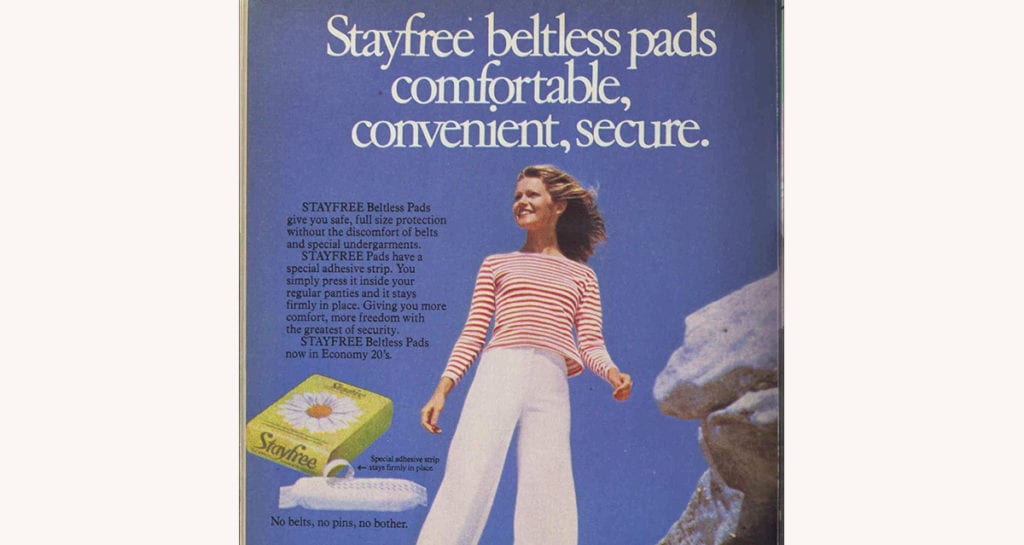
1987: The menstrual cup makes a comeback with the Keeper Cup
The menstrual cup finally found some success in 1987, when Lou Crawford of Cincinnati, Ohio launched a prototype that was similar to Leona Chalmers’ original iteration but made from natural gum rubber, a.k.a. Latex.15 It was called the Keeper Cup – and, along with its sister product, the Moon Cup (made from silicone for those with latex allergies), is still available for purchase today.
1994: Audrey Contente introduces the first menstrual disc
In 1994, the first menstrual disc – what would later become “Instead” – was introduced to the market by Audrey Contente, an executive at women’s healthcare company Ultrafem, Inc.16 The product worked similarly to a menstrual cup, but was placed higher up than the standard menstrual cup (in the vaginal fornix rather than the vaginal canal).
In 1998, the disc was acquired by privately held company Evofem, formerly Instead Healthcare. Under Evofem, “Instead” began to grow a cult following in the US and, in 2011, was rebranded with the name “Instead Softcup.” The product was released to drugstores and supermarkets across the US – however, due to pricing challenges, Evofem eventually slowed production of the Softcup in 2016.
2015-2016: Lauren Schulte starts The Flex Company & acquires Softdisc
In 2015, fed up with chronic post-period yeast infections and tired of the traditional feminine hygiene products on the market, Flex® CEO and Founder Lauren Schulte looks all over the globe for a solution and discovers the menstrual disc – and realizes there’s a whole new revolution still to be had in the menstrual products industry.
Flex acquired Instead Softcup in 2016, saving the product from discontinuation and renaming it “Softdisc.” In doing so, Flex gained access to 20+ years of product research and development and used this information to create the Flex Disc™, a premium iteration of the Softdisc made with medical-grade polymers for a custom, leak-proof fit. Flex continued to make and sell Softdisc, as well, for customers who valued the original product’s lower price point.
2018: The Flex Company acquires Keela & launches The Flex Cup
In July 2018, The Flex Company acquired Keela cup, a pre-launch startup, and helped bring the product to a wider market under a new name: Flex Cup™. Keela’s co founders, Jane Hartman Adamé and Andy Miller, had designed their menstrual cup to be more inclusive to consumers. The cup’s patented ReleaseRing™ design aids in easy removal, similar to pulling a tampon string. Jane and Andy joined the Flex team during the acquisition and were key players in the product’s successful launch.
After 100 years of period industry transformation, we’re proud to offer two incredible products – Flex Disc and Flex Cup – to our customers. We think we’ve come a pretty long way since the homemade cloth pads and sanitary belts of the early 1900s (and we hope you agree). Cheers to another century of innovation.
Have thoughts or suggestions for our next product? DM us @flex on Instagram or send an email to hello@flexfits.com.
© 2021 The Flex Company. All Rights Reserved.
